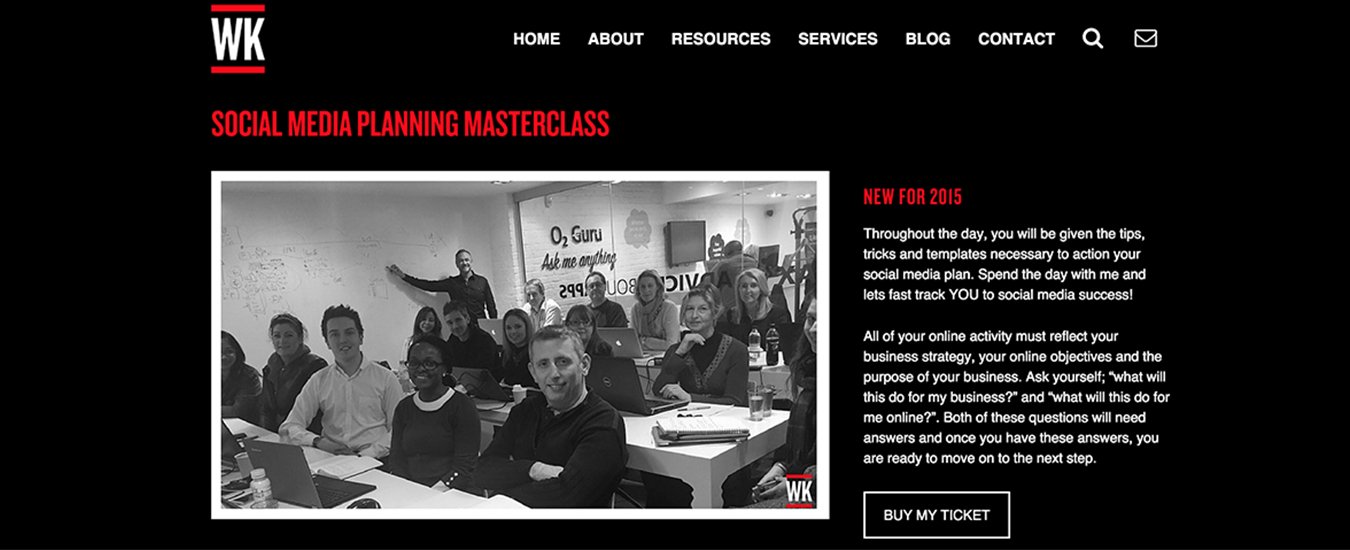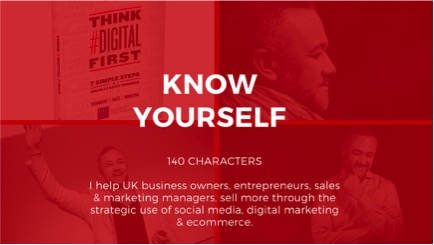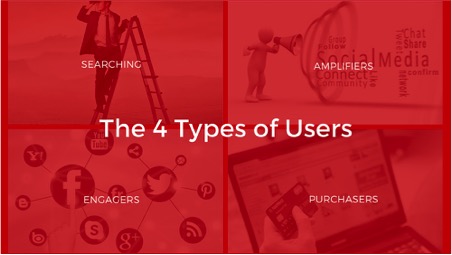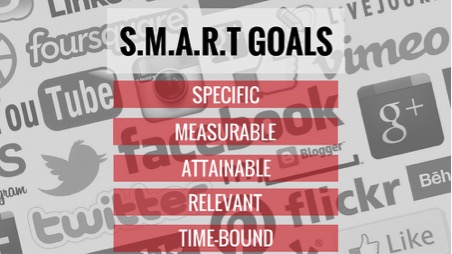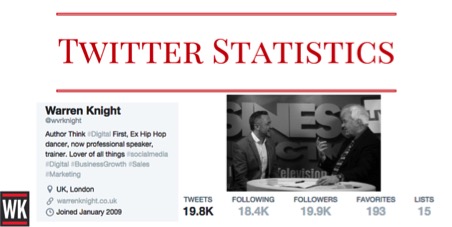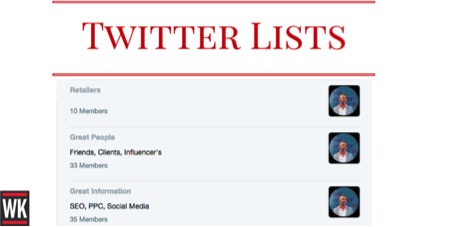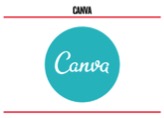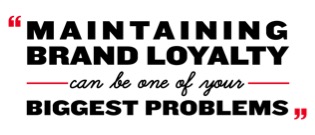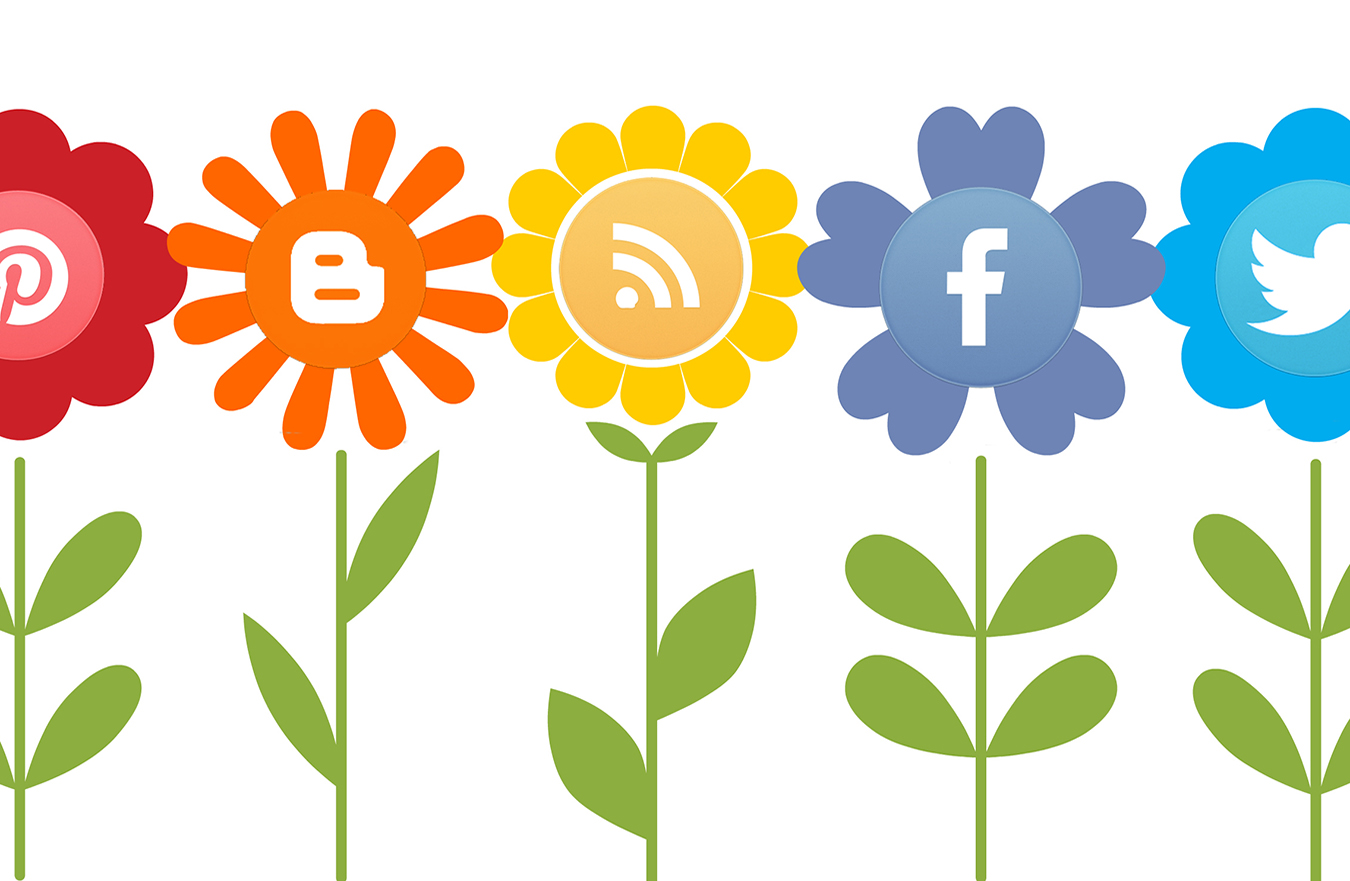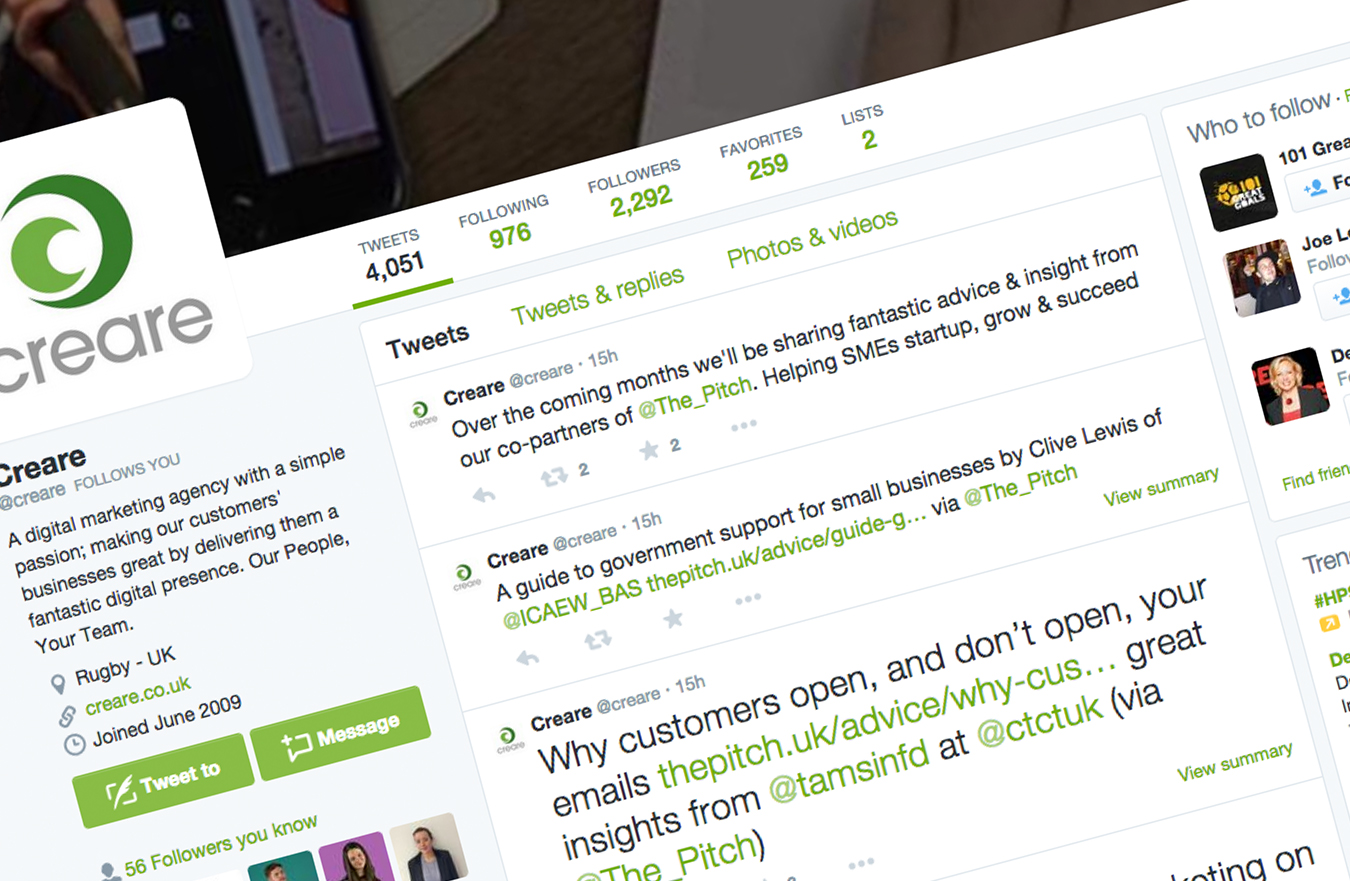In the blue corner, we have a Social Media Marketing Agency….and in the red corner we have an In-House Social Team. Ding! Ding!
In-house or agency? It’s a debate that every small business will ask in the future as the importance of having a presence on social media becomes more apparent. But the question you really need to ask is….what do I want out of my social media campaign? It may seem extravagant to employ an agency to manage your social media accounts, but there is a lot more to a social media marketing campaign than simply posting status updates on Facebook.
A social media savvy teen vs a socially specialised consultant
59% of the UK population have active social media accounts. Aside from showcasing the strong need to market your business via this medium. If we all use social media as individuals do, does that qualify an entire generation to deliver social? The temptation for most business owners who feel the pull towards putting their business on the social map, is to give Sue in accounts the job of updating their business profiles, or employing a young whippersnapper (who has grown through the digital age & has no knowledge of a world without Facebook) to be entrusted with their business’s social presence. With this in mind, why is working with an agency a good investment?
Here today, gone tomorrow…
Social media is a fast-moving landscape, with new features, algorithm updates & the ever increasing push towards paid media, all this makes getting your content in front of the right people an art form. With an agency you have a team of socially savvy nerds {insert headphones} tuned into social platforms, listening to brand mentions, & managing conversations. An agency makes it a top priority to invest time into research & development to ensure they stay ahead of the curve.
By the time you have read this article & tweeted about it a new update or social platform has already been launched……
 You’re not fooling anyone, especially not your accountant…
You’re not fooling anyone, especially not your accountant…
Cost is a hard pill to swallow for some businesses when looking at outsourcing your social media activity. But don’t be fooled by the soft cost of using an internal resource or hiring an in-house social media manager as there is hidden costs associated with this too.
“It’s free, I do it in my own time, how hard can it be? Sue from accounts enjoys dabbling with our Facebook page. Or I could employ an in-house Social Media Managerâ€
The average salary for a Social Media Manager is £25,407 per annum, that’s excluding the recruitment costs, overheads like equipment/software & if they have a day off sick, who covers the social media activity?
You wouldn’t pay someone £20 to be your friend, so don’t buy likes!
In my experience, the businesses who assign an employee to manage their social presence have no understanding of how to measure the success, they get distracted with Likes or reach, leaving a [MIND THE GAP] moment when asked how much traffic or how many sales/enquiries they are generating through their current activity.
It’s false economy, don’t focus too much on the size of your audience & get sucked into paying to increase your likes. You will grow an audience base in some far off country that will never buy or use your product or service.
An agency can help set some key metrics in line with your business goals & put a strategy in place to ensure those goals are reached.
Dot to Dot
Join the dots of your online marketing activity. The boundaries between SEO, PPC (Adwords), Email Marketing & Social Media all blend into an integrated strategy instead segmenting the activity into individual campaigns not working in harmony.
If you collate all of this activity under one roof then you will get consistency & much more bang for your buck. If you outsource SEO already, it makes sense to reach out to the same agency to find out what social packages they can offer.
Invest in the Best
Just because I can drive a car, does not make me a racing car driver. Being an F1 driver takes skill, talent, practice, strategy & teamwork to stay ahead of the competition.
Apply this theory to your social media marketing:
Skill – Invest in the best agency with an eye for creating visual, social content
Strategy – Strategically set up paid adverts to support your campaign
Practice – Ensure you have the resource to deliver a cutting edge campaign
Teamwork – An agency who are willing to work with your team to extract the right information to really make your campaign pop
Stay Ahead of the Competition – Results driven campaigns, let the data drive your decision
In conclusion, if you’re a startup then do your homework & educate yourself on the best way to launch your business into the social sphere, we have some great articles on our advice centre to help with this journey. But if you want a strategic campaign that delivers results, complementing the other areas of your marketing, don’t underestimate the expertise of a social media consultant (we may be seen to sit on Facebook all day), but for us, Facebook is a fast paced, marketing machine that we are harnessing to drive new business & brand awareness.



